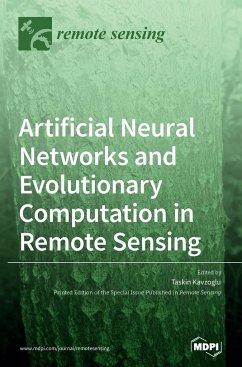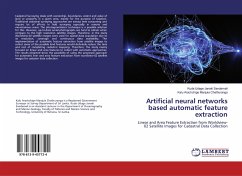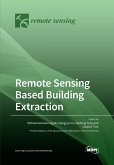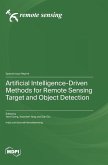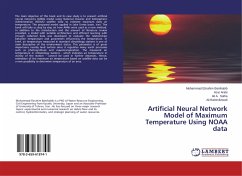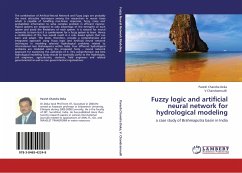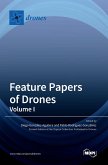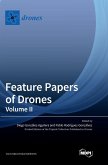Artificial neural networks (ANNs) and evolutionary computation methods have been successfully applied in remote sensing applications since they offer unique advantages for the analysis of remotely-sensed images. ANNs are effective in finding underlying relationships and structures within multidimensional datasets. Thanks to new sensors, we have images with more spectral bands at higher spatial resolutions, which clearly recall big data problems. For this purpose, evolutionary algorithms become the best solution for analysis. This book includes eleven high-quality papers, selected after a careful reviewing process, addressing current remote sensing problems. In the chapters of the book, superstructural optimization was suggested for the optimal design of feedforward neural networks, CNN networks were deployed for a nanosatellite payload to select images eligible for transmission to ground, a new weight feature value convolutional neural network (WFCNN) was applied for fine remote sensing image segmentation and extracting improved land-use information, mask regional-convolutional neural networks (Mask R-CNN) was employed for extracting valley fill faces, state-of-the-art convolutional neural network (CNN)-based object detection models were applied to automatically detect airplanes and ships in VHR satellite images, a coarse-to-fine detection strategy was employed to detect ships at different sizes, and a deep quadruplet network (DQN) was proposed for hyperspectral image classification.
Bitte wählen Sie Ihr Anliegen aus.
Rechnungen
Retourenschein anfordern
Bestellstatus
Storno

